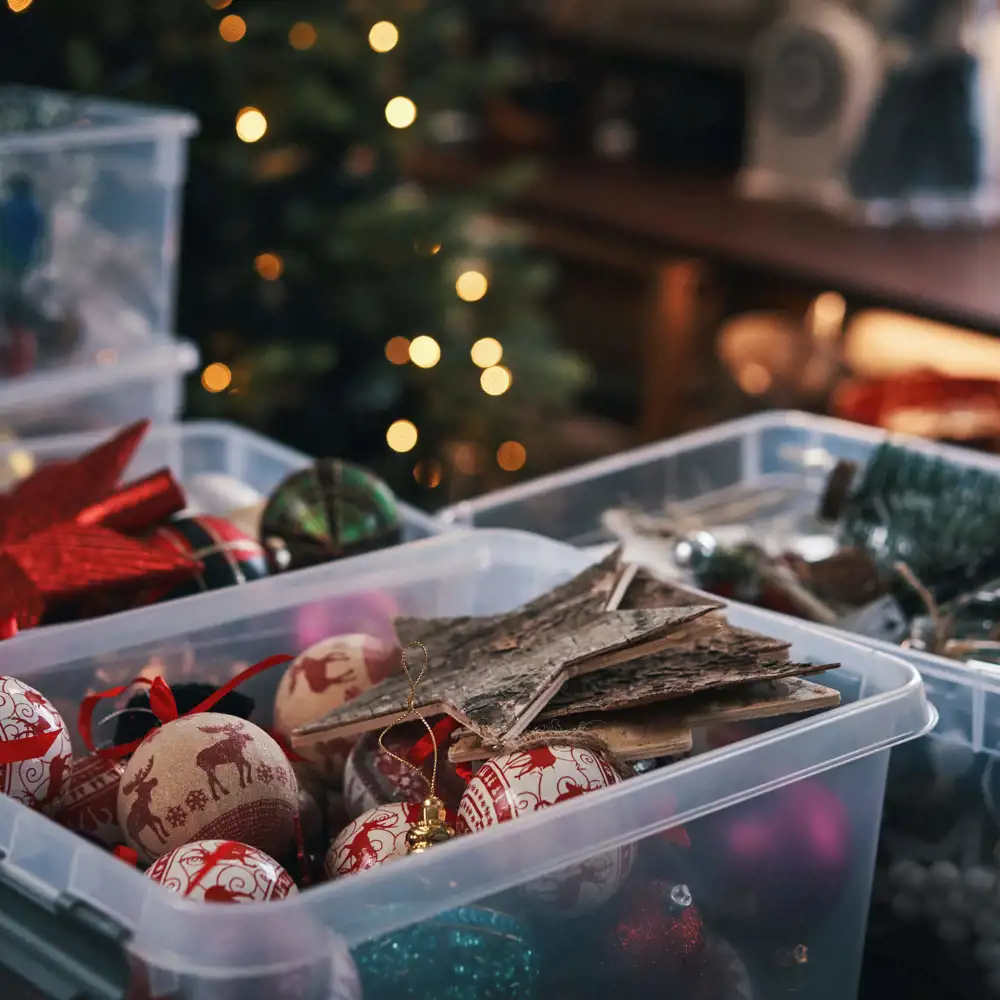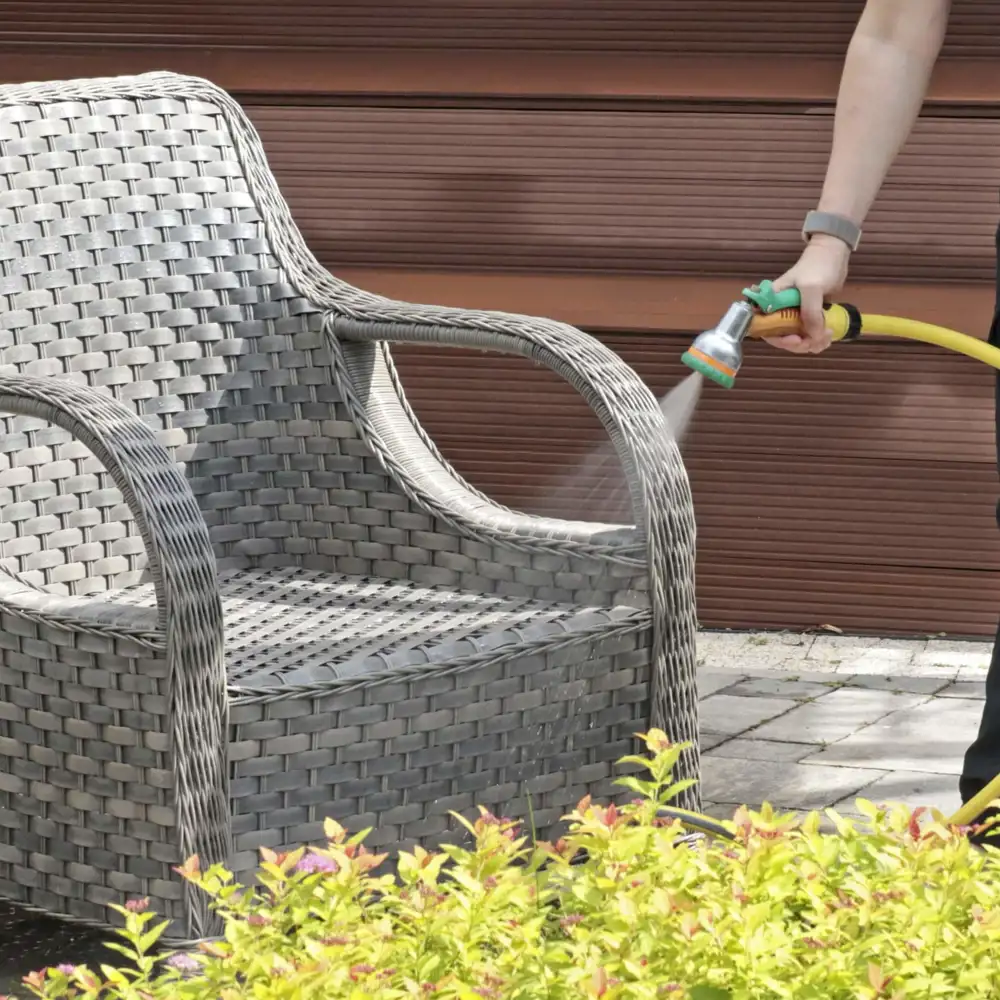College move-in day can feel like a whirlwind — equal parts excitement, chaos and the weight of a major life transition. For incoming students, it marks the beginning of independence. For parents, it’s the culmination of years of preparation. Whether you’re moving into a dorm room across town or flying cross-country to set up a tiny apartment, one thing is certain: the more organized you are, the smoother this big day will go.
This guide is here to help you do just that. From packing the right essentials (and avoiding overpacking) to handling move-in logistics and maximizing tight spaces, this checklist covers what you really need, including the often-overlooked items that can make a big difference. You’ll also get tips on communicating with roommates, packing strategically and using nearby self-storage to cut down on stress, clutter and carloads of stuff.
1. Before Move-In Day: Prep and Planning
A smooth move-in starts well before the car is packed. Getting a head start on planning and communication can help prevent those last-minute scrambles and forgotten necessities.
Know Your Space and What’s Included
Every dorm and off-campus apartment is a little different, so don’t assume it’s fully furnished or spacious. Check your school’s housing website for specifics, like room dimensions, what furniture is provided, whether the beds are lofted and any restrictions on appliances or decor. Some schools even offer virtual room tours or downloadable floor plans.
Coordinate With Your Roommate(s)
Before you go shopping, reach out to your roommate(s) to figure out who’s bringing what. Do you both need a mini fridge? Who’s bringing a microwave or a rug? Coordinating ahead of time helps avoid duplicates and saves money. Plus, it’s a good way to start building communication early. You might also discuss design preferences, cleaning habits or shared storage ideas.
Pack Strategically
Start packing by category — bedding, toiletries, school supplies — rather than by room. Clear bins or labeled boxes can help keep things organized during the move and make unpacking a breeze. Create a small “essentials bag” for the first night that includes toiletries, a towel, meds, chargers and a change of clothes. You won’t want to dig through boxes to find your toothbrush.
A foldable wagon, dolly or even a sturdy laundry basket with handles can be a lifesaver for hauling items from your car to the dorm, especially if elevators are scarce or your room is up several flights of stairs.
Consider Self-Storage Ahead of Time
If you’re traveling a long distance, shipping items early and storing them near campus can simplify your arrival. Some families rent a nearby self-storage unit to hold large items, seasonal gear or dorm supplies until move-in day. It’s also helpful if you’re arriving in stages — say, for an early orientation or if only one parent is making the trip. Storage can give you flexibility, especially when timing and logistics get tricky.
2. Move-In Day Essentials
Move-in day has a reputation for being hectic (and rightfully so). You’re unloading cars, finding your way around campus and settling into an unfamiliar space, all while navigating crowds of equally flustered families. But with a little foresight and the right tools, it can actually be a pretty smooth experience.
Have a Game Plan
Start by confirming your check-in time and arrival instructions from the college. Many campuses stagger move-ins to ease traffic and elevator bottlenecks, so arriving early or late could cause confusion. Once you’re there, scope out the loading zones and unpack quickly. Some campuses limit unloading time to 30 minutes or less before you have to move your car.
Make sure everyone’s dressed for comfort: sneakers, breathable clothes and sun protection are your best friends. Bring a few bottles of water and snacks — it’s easy to forget to eat in the shuffle of boxes and welcome events.
A few clutch items to keep handy:
- Small toolkit (screwdriver, scissors, tape, stick-on hooks)
- Trash bags for packing materials or quick cleanups
- Cleaning wipes or spray — not every dorm room is spotless on arrival
- ID and any housing paperwork you’ll need to check in
Expect the Unexpected
Even with a plan, things can go sideways: maybe the room isn’t ready yet, the elevator’s down or the mattress isn’t quite what you imagined. Go in with patience and a flexible mindset. Take a few photos of the room before unpacking — especially if you’re renting off-campus or using dorm insurance — and do a quick inspection of the furniture and appliances for any damage.
If something doesn’t fit or ends up being a duplicate, set it aside. (This is where having a storage backup can come in handy!)
Make Storage Work for You
Dorm rooms are notoriously small, so think vertically and make the most of every square inch. Bring or buy a few organizing staples:
- Under-bed bins or rolling drawers
- Over-the-door organizers for shoes, toiletries and snacks
- Stackable storage cubes or risers to elevate your bed and gain space underneath
And remember, not everything has to live in the room. This is a perfect time to make use of a nearby self-storage unit, especially for bulky items like winter coats, sports gear or extra bedding. You can even split a unit with a roommate or friend to store shared supplies and swap things out as needed throughout the semester.
If you’re coming from far away, storage can also save you the hassle of shipping things home during breaks. It’s a smart way to extend your dorm space beyond the four walls.
3. The Ultimate College Packing Checklist
Packing for college can feel overwhelming; dorm rooms have limited space and every item needs to pull its weight. This checklist covers the essentials you’ll want from day one, plus the often-overlooked items that make dorm life more functional and comfortable. Use it as a guide while you shop, pack and coordinate with roommates.
| Tip: If you’re tight on space, consider packing light for move-in day and using a local self-storage unit to hold extras like seasonal clothes, gear and backup supplies you can swap in later. |
Bedding and Comfort
- Twin XL sheet set (2 sets)
- Mattress topper or foam pad
- Comforter or duvet
- Pillows (2-3) + pillowcases
- Extra blanket or throw
- Bed risers (if allowed)
- Sleep mask or earplugs (shared spaces = unpredictable noise)
Organization and Storage
- Under-bed bins or drawers
- Hanging closet organizer
- Over-the-door hooks or storage racks
- Desk drawer organizers
- Storage ottoman or cube
- Command hooks or removable adhesive strips
- Hangers (non-slip or velvet ones save space)
Cleaning and Laundry
- Laundry basket or hamper (collapsible works best)
- Detergent pods or liquid + stain remover
- Drying rack
- Disinfecting wipes
- All-purpose spray
- Broom and dustpan or compact vacuum
- Paper towels
- Air freshener or room spray
Bathroom Essentials
- Shower caddy (mesh dries fastest)
- Towels (2-3) + washcloths
- Flip-flops for communal showers
- Toilet paper (if not provided by your residence hall)
- Toiletries (toothbrush, toothpaste, shampoo, etc.)
- Small first aid kit (bandages, pain relievers, cold meds)
- Nail clippers, tweezers, cotton swabs
Kitchen and Food
- Mini fridge and microwave (check dorm rules)
- Reusable water bottle
- Travel mug or thermos
- Reusable dishes, utensils, bowl, mug (if no sink, opt for disposables instead)
- Dish soap + sponge
- Snacks, protein bars, shelf-stable items
- Can opener, bottle opener
- Small food storage containers or bag clips
Electronics and Tools
- Laptop + charger
- Power strip with surge protection
- Phone charger and extra cables
- Desk lamp (with extra bulbs if needed)
- Headphones or earbuds
- Alarm clock
- Batteries
- Small toolkit (screwdriver, tape measure, duct tape)
- Flashlight
School and Desk Supplies
- Notebooks, folders, binders
- Pens, pencils, highlighters
- Sticky notes and index cards
- Scissors and tape
- Stapler + staples
- Printer paper (even if you don’t bring a printer)
- Backpack or tote bag
Clothing and Seasonal Items
- Everyday clothes (pack lightly; you can rotate later)
- Pajamas, robe, and slippers
- Workout clothes + athletic shoes
- Rain jacket or umbrella
- Cold-weather gear (coat, boots, gloves — store these if not needed right away)
- Swimsuit and gear for specific sports or hobbies
- Belts, accessories, watch, jewelry
- Laundry bag for delicates
Documents and Essentials
- Photo ID, student ID, passport
- Health insurance card + prescription info
- Copies of important documents (printed and digital)
- Bank card, small cash stash
- Emergency contact list
- COVID tests or masks (some campuses still require them)
Decor and Optional Items
- Desk chair cushion
- Rug or small carpet
- Wall decor or photos
- String lights (if allowed)
- Whiteboard/calendar
- Foldable step stool
- Storage trunk or lockbox for valuables
- Mini fan
4. After You’re Settled: Stay Organized for the Semester
Move-in day might be behind you, but staying organized throughout the school year is its own challenge — especially in a small space that doubles as a bedroom, study zone and social hub. Once you’re unpacked and settled in, a little ongoing effort can help keep the clutter (and stress) at bay.
Make Time for Weekly Resets
Dorm life gets hectic fast. Try setting aside 15-20 minutes each week to reset your space: toss trash, fold laundry, wipe down surfaces and put things back where they belong. It may not seem like much, but staying on top of the little messes helps prevent a bigger, end-of-semester headache.
Rotate Items Based on the Season
There’s no need to keep your puffer jacket and holiday decorations in your closet during a September heatwave. Use a self-storage unit near campus to swap out seasonal gear as the weather changes. It’s also a smart place to stash items you only need occasionally, like bulky luggage, sports equipment and extra bedding.
Share Storage With a Friend or Roommate
If your roommate, friend or teammate also needs extra space, consider splitting a storage unit. You can each keep your own section, save money and avoid overloading your dorm with off-season or low-use items. It can free up mental space, too, knowing you have a backup stash of essentials close by.
Reorganize After the First Few Weeks
After you’ve lived in the space for a while, your needs will become more obvious. Maybe you need a better way to corral cords, or you never use that bulky chair you thought was a must-have. Don’t be afraid to rearrange or pare down — and move any non-essentials into storage if they’re just taking up space.
Plan Ahead for Breaks
When winter break or summer rolls around, storage can be a lifesaver — instead of hauling everything home (or paying to ship it), you can move your belongings into a secure, local self-storage unit until the new semester begins. If you’re not going home often, year-round storage gives you peace of mind and flexibility.









